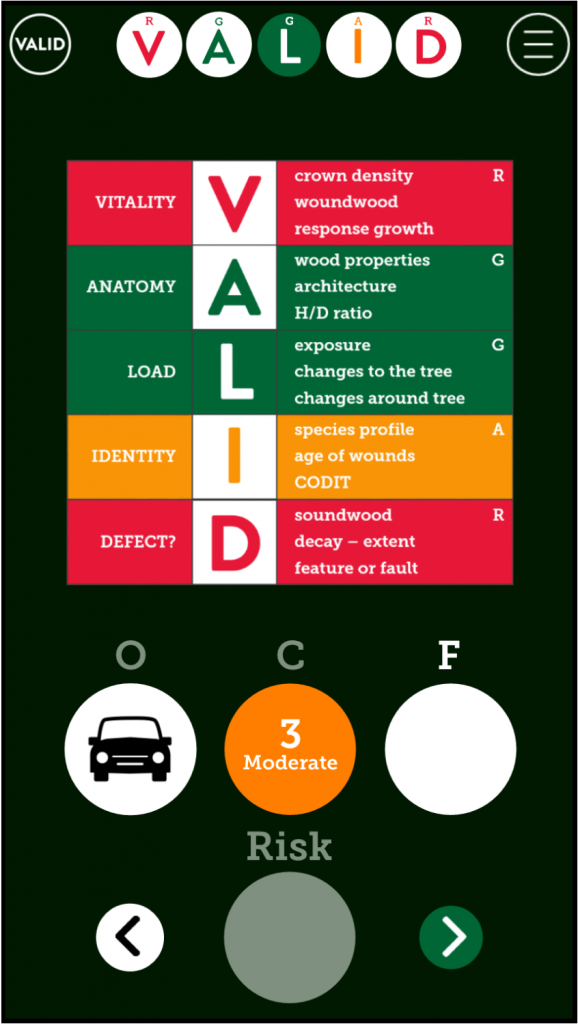Taking the ‘defect’ out of tree risk-benefit management strategies

By Acer Ventura
Ditching the defect
The word ‘Defect’ no longer appears in any of VALID’s Tree Risk-Benefit Management Strategies. Even though it was there in the qualified form of ‘Obvious Tree Defects’, the tree defect issue has been knocking at the door of reasonable, proportionate, and reasonably practicable tree risk-benefit management for a while now. The volume was dialled up from knocking to hammering last week, so I finally rolled up my sleeves and dealt with the racket. Here’s why we should ditch the defect.
Two sides of the same coin
The word ‘Defect’ no longer appears in any of VALID’s Tree Risk-Benefit Management Strategies. Even though it was there in the qualified form of ‘Obvious Tree Defects’, the tree defect issue has been knocking at the door of reasonable, proportionate, and reasonably practicable tree risk-benefit management for a while now. The volume was dialled up from knocking to hammering last week, so I finally rolled up my sleeves and dealt with the racket. Here’s why we should ditch the defect.
Two sides of the same coin
What are commonly referred to as defects in trees aren’t usually defects at all. Hollows, open cavities, decay colonies, and even deadwood, are natural features of older trees that are often valuable habitat benefits.

It’s seldom these defects are risks that are not Tolerable or Acceptable. Trees with hollows, open cavities, and that host decay colonies often have high safety factors. Like our Owl’s home, they’re regularly stronger and stiffer than early mature trees that are categorised as ‘defect-free.’ Unfortunately, it’s all too common for a tree defect to be read as shorthand for a tree risk that needs reducing. The D-word’s become a synonym for hazard; with all the problems of risk-aversion that come with the H-word.
Mind your language
The language we use affects how we think and influences our decision-making. As with ‘The high risk twilight zone’ article I previously shared on here, labelling a natural tree feature as a defect before a risk assessment is a ‘begging the question fallacy.’ You may remember, that’s a circular form of reasoning where the premise assumes the conclusion. Here, the premise is the feature’s a defect before it’s been assessed. This assumed defect premise makes it very difficult not to draw the conclusion that we’re dealing with a defect, and therefore something needs to be done about it. Of course, defect is also a negative term that is bound to create an adverse anchoring bias when it comes to making your likelihood of failure decision.
Feature or fault
Whether an ‘Obvious Tree Risk Feature’ is in a fact a feature or a fault is one of those tough decisions, where a tree risk assessor earns their money. In VALID’s Tree Risk-Benefit Management Strategy, it is only during an Active Assessment, and at a Detailed level that defect is finally considered in the App.

In the next round of App improvements, D for DEFECT is going to be ‘DEFECT?’ The question mark is there to indicate that it’s here that you’re making the decision whether the tree part you’re assessing is a ‘Feature or a Fault’. Whether it’s a defect or not.
VALID is a not-for-profit organisation. Tree Risk-Benefit Management Strategies are released under a creative commons license. So, you’re welcome to use and share them. They can be downloaded from the “Risk Management page of VALID’s website.


Connect
Connect with us on the following social media platforms.